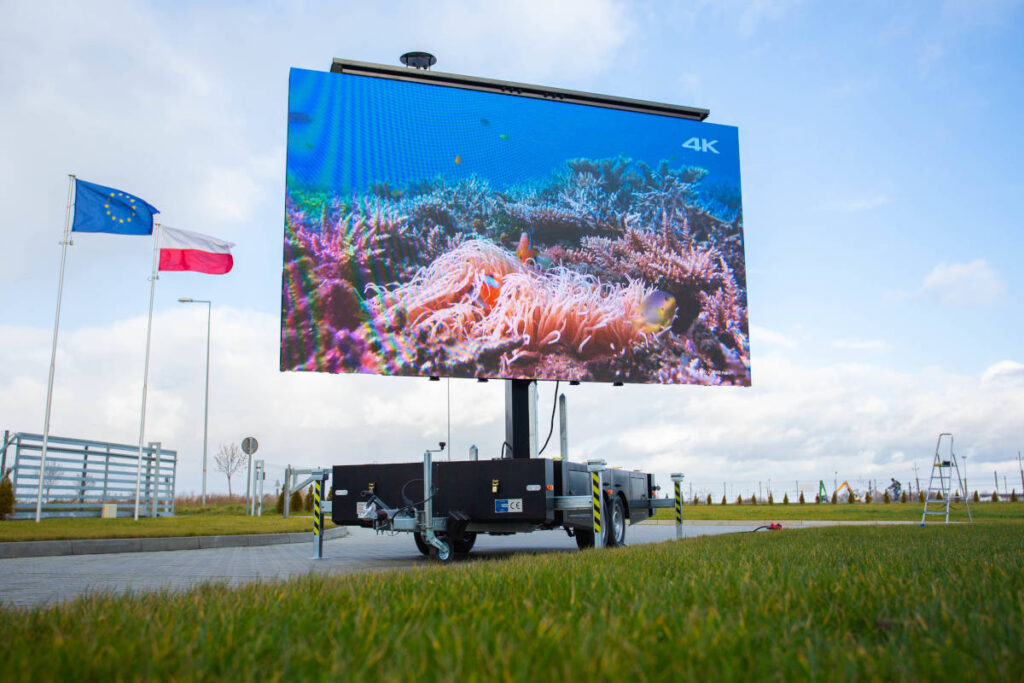Examining the Wide-ranging Connectivity Solutions Offered for Light Emitting Diode Wall Modules
Examining the Wide-ranging Connectivity Solutions Offered for Light Emitting Diode Wall Modules
Blog Article
LED wall units have secured popularity for their ability to deliver high-quality imagery in multiple settings, from corporate environments to event venues. One of the primary aspects of these systems is their connectivity capabilities, which allow users to connect them to multiple devices and systems. Understanding the diverse input options supported for LED wall panels is vital for enhancing their use and effectiveness. This article explores these options, showcasing how they can adapt to specific needs and preferences.
One common interface method for Light Emitting Diode wall panels is HDMI. High-Definition Multimedia Interface is broadly recognized for transmitting crisp video and audio signals between devices. This interface type is particularly useful in business environments, such as conference rooms or training rooms, where visual content or video content are often shared. By using digital connectors, operators can easily link laptops, projectors, and streaming devices to Light Emitting Diode wall panels, guaranteeing a clear and vibrant presentation of information.
Another popular interface method is Display Port, which is similar to HDMI but offers additional benefits. DisplayPort can support higher refresh rates and display outputs, making it an ideal choice for interactive media or graphic-intensive applications. For those deploying LED wall panels in settings where output quality is critical, such as esports arenas or creative workspaces, Display Port can provide the necessary visual quality. Additionally, many contemporary computers and graphics cards include DisplayPort connections, making it a convenient option for technology-oriented users.
In contrast to HDMI and Display Port, wireless connectivity methods are becoming progressively common in LED wall panel technology. Wireless interfaces allow operators to share content without the requirement for physical cables, enabling a cleaner and more flexible setup. Technologies such as wireless internet and short-range communication allow users to link smartphones, tablets, and laptops directly to LED wall panels without cumbersome wires. This versatility is particularly advantageous in fast-paced environments like trade shows or events, where quick changes to displays are often required.
For extensive deployments or more intricate configurations, network connectivity through Ethernet is another viable option. Ethernet connections provide a consistent and robust way to integrate multiple Light Emitting Diode wall panels within a system. This approach is ideal for digital signage applications found in shopping malls or transport hubs, where multiple panels may need to display synchronized content across a wide area. By using network cabling and network switches, operators can guarantee that all connected panels receive consistent updates and information efficiently.
Finally, it's crucial to consider the future of connectivity with advancements such as Universal Serial Bus-C and Thunderbolt Three. These newer connection types offer increased data transfer speeds and versatility by allowing one cable to handle both power delivery and data transmission. As more devices adopt these standards, LED wall panels equipped with Type-C ports will likely become more common. This evolution in connectivity not only improves the capabilities of Luminescent Diode wall panels but also coincides with the emerging trend of minimalistic design in technology setups by reducing article the number of wires needed.
In conclusion, exploring the diverse connectivity options available for LED wall panels reveals many opportunities for users across various industries. From conventional approaches like link High-Definition Multimedia Interface and Display Port to contemporary cordless technologies and LAN setups, each option serves unique functions tailored to specific needs. Additionally, emerging technologies like USB-C promise further developments in how professionals utilize LED wall panels. By understanding these connectivity choices, end-users can make strategic selections that optimize their overall engagement with these multifunctional display tools.